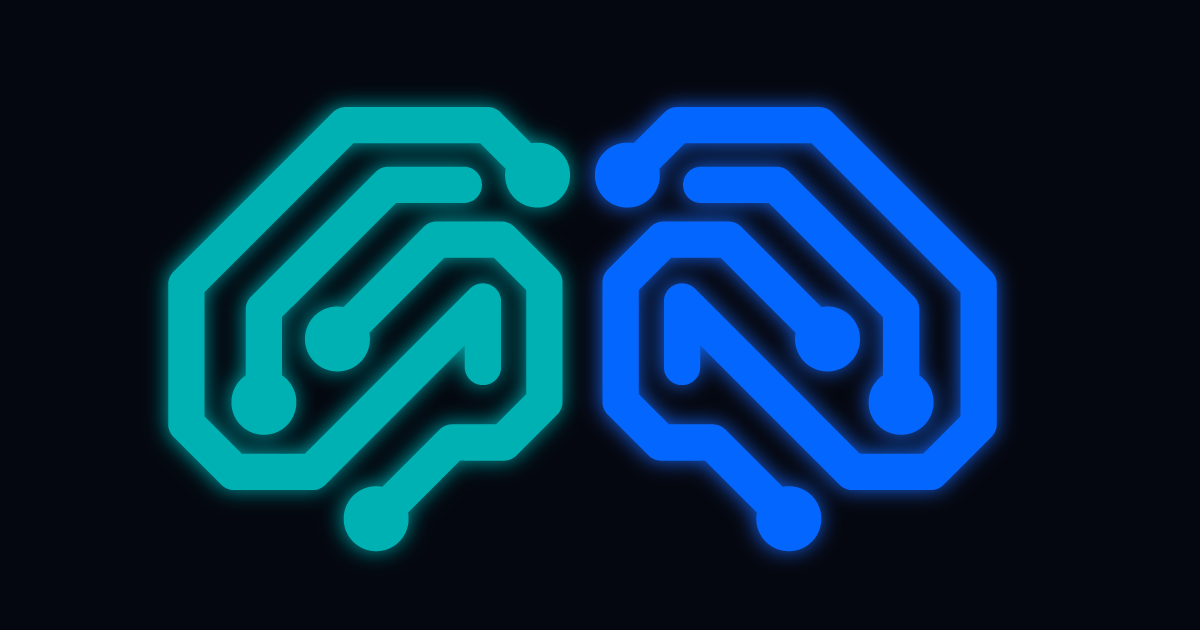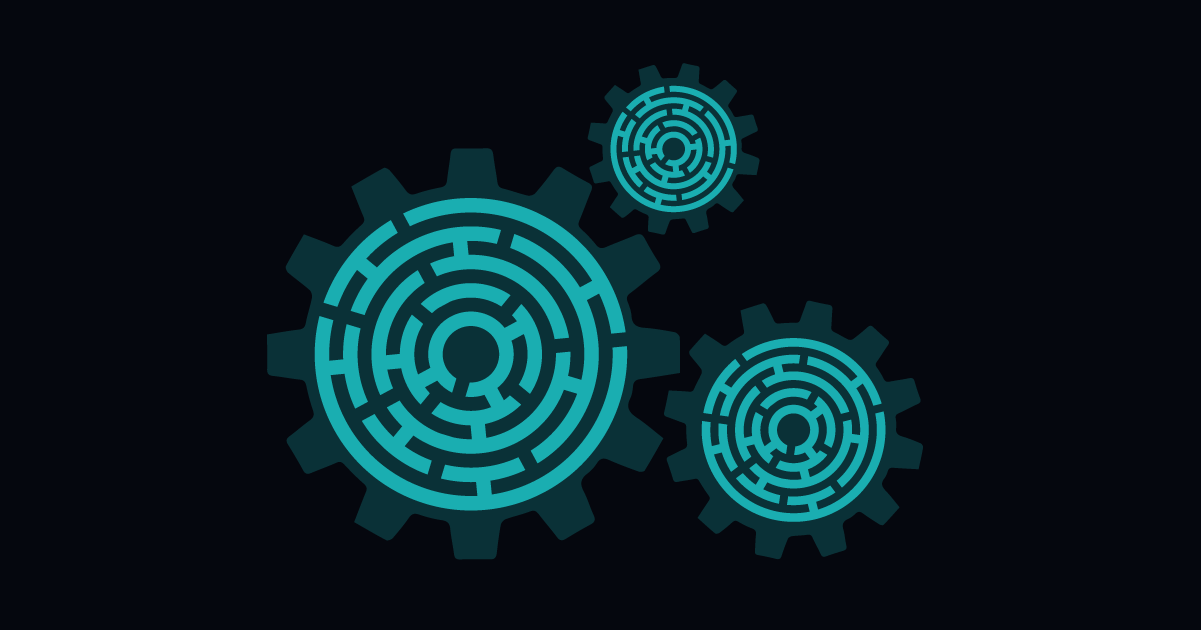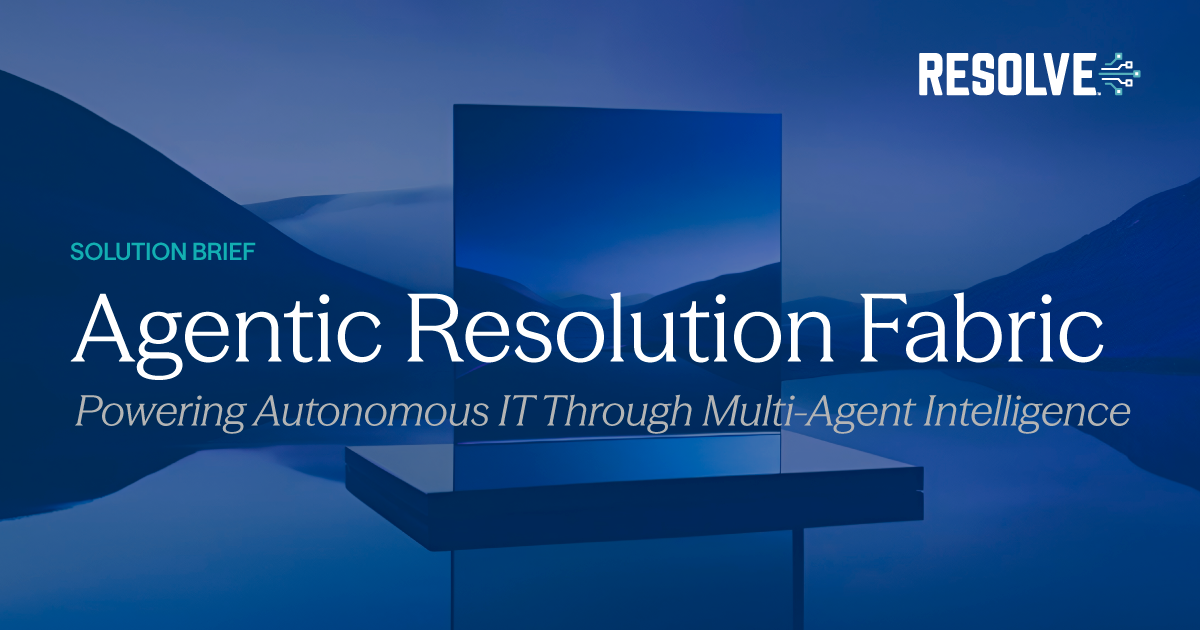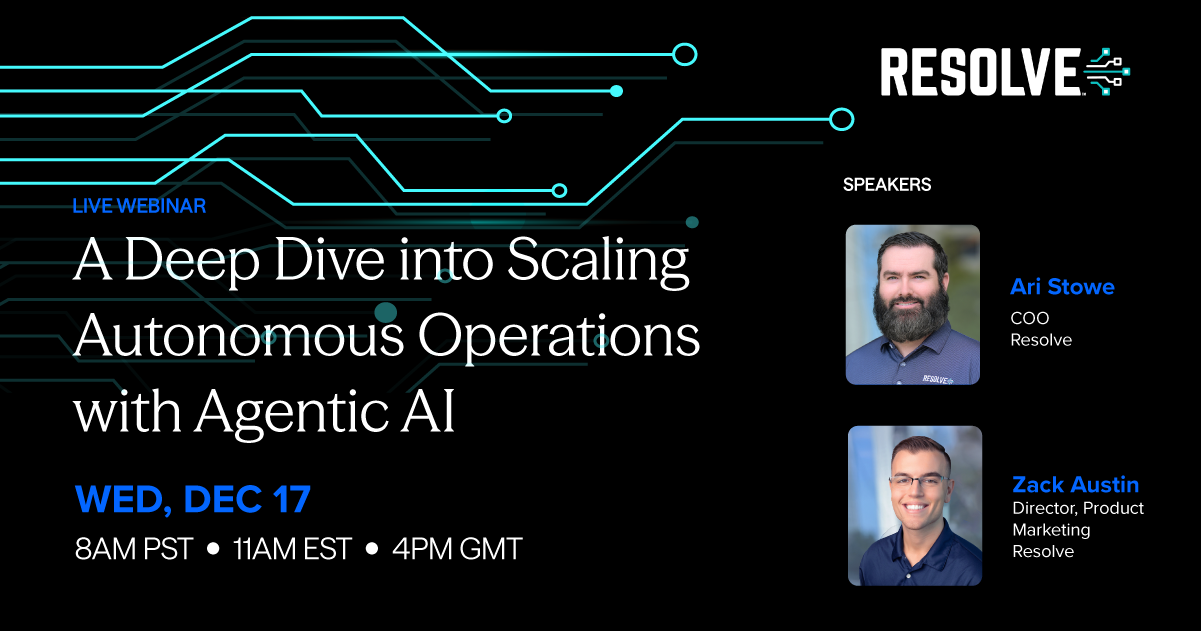
The Evolution of Workload Automation: A Guide for the Future
Subscribe to receive the latest content and invites to your inbox.
We’re in the era of interconnected systems, hybrid infrastructure, and 24/7 digital services. IT must now deliver consistent, scalable operations with fewer resources, as well as fewer tickets.
That’s where workload automation comes in. Once a tool for batch job scheduling, workload automation has now evolved into a critical enabler of modern, intelligent operations.
But what is workload automation today? And how has it shifted to meet new demands in a world of cloud, agentic AI, and always-on services?
In this blog, we’ll define workload automation, examine how it has transformed from static job scheduling into dynamic, agentic orchestration, and explore how you can leverage workload automation in the context of Zero Ticket™ IT: a bold vision that empowers teams to focus on transformative work instead of reactive firefighting.
What Exactly is Workload Automation?
Workload automation (WLA) refers to the ability to manage, schedule, and orchestrate IT tasks and processes across diverse environments. It began as a way to automate repetitive processes like backups or batch processing, but it now plays a much broader role.
Modern workload automation coordinates workflows across systems, platforms, and teams. It reduces manual intervention, improves reliability, and ensures that critical business services run on time and without disruption.
Workload automation is no longer just about timing jobs; it’s about delivering services faster, smarter, more proactively, and in a more coordinated way.
Spot the Difference: Job Scheduling, Workload Automation, and Workflow Automation
Workload automation is often misunderstood because it overlaps with two adjacent concepts: job scheduling and workflow automation. Let’s break down how these differ and how modern platforms like Resolve bring them together to deliver a unified automation strategy.
Job Scheduling vs. Workload Automation
Job scheduling is the original automation layer. It triggers isolated tasks based on fixed times or predefined conditions; for example, backing up a database at 2 a.m. It works well in static environments but lacks adaptability.
Workload automation builds on this foundation with event-driven orchestration. It considers task dependencies, reacts to changing conditions, and spans hybrid environments. It’s not just about when a job runs, but why, how, and what it connects to while doing so.
In short:
- Job scheduling is clock-based.
- Workload automation is context-based.
Here’s an example that breaks that difference down further:
- Job scheduling: Run a batch job every night at 2 a.m.
- Workload automation: Detect a spike in transactions, trigger reconciliation workflows, scale cloud resources, and notify finance, all automatically and in sequence.
With Resolve, workload automation evolves even further. AI agents like RITA deflect incoming tickets before they enter the queue, and Jarvis builds automation in plain language, enabling autonomous service delivery across complex ecosystems and therefore Zero Ticket IT.
Workflow Automation vs. Workload Automation
The next point of confusion is between workflow automation and workload automation. These terms are often used interchangeably (largely thanks to how similar they sound) but they serve different functions.
Workload automation focuses on IT infrastructure, running and coordinating jobs across servers, VMs, containers, and cloud environments to keep systems performant and services online.
Workflow automation, on the other hand, supports business processes: automating sequences like approvals, provisioning, or request fulfillment across HR, finance, and ITSM systems. It often uses low-code tools and involves human input.
Key distinctions:
- Workload automation powers infrastructure and service delivery.
- Workflow automation streamlines business processes and approvals.
Modern automation platforms must support both of these functions. Resolve bridges them through a unified orchestration layer that enmeshes AI agents and low-code tools together. This enables automation across the full spectrum of operational and business workflows.
That convergence is what makes Resolve a platform for transformation, not solely task execution.
READ MORE: Agentic Automation Workflows That Actually Work
What Trends are We Seeing in Workload Automation?
Now that we’ve distinguished workload automation from the functions it’s commonly confused with, let’s dive into how it’s evolving.
The future of workload automation is about orchestrating autonomous, intelligent workflows that span infrastructure, applications, and services, not just managing jobs. Enterprises are shifting from static job schedulers to dynamic, AI-powered platforms that unify observability, orchestration, and service delivery.
Here’s what’s driving that transformation:
1. From Mainframes to Modern Architectures
Legacy WLA tools were built for mainframes and fixed infrastructure. but Gartner predicts that by 2027, 90% of enterprises will replace traditional WLA with service orchestration and automation platforms (SOAPs) for use across hybrid environments.
Resolve’s agentic platform is purpose-built for this shift, spanning on-prem, cloud, and edge with enterprise-grade orchestration.
2. Event-Driven and Service-Centric
Workload automation is now measured by outcomes (uptime, service quality, and agility), not completed jobs. Event-driven automation responds in real time to system signals and service events.
Resolve’s AI agents trigger remediation the moment a failure or anomaly is detected, no matter whether it’s an expired certificate, a failed login, or an infrastructure alert.
3. Powered by Agentic AI and AIOps
Automation is becoming more intelligent. AI agents can now learn from historical data, anticipate incidents, and optimize execution.
Resolve's platform integrates AIOps and ML to recommend, design, and run workflows:
- RITA resolves requests before tickets are logged.
- Jarvis turns natural language prompts into fully fledged workflows.
4. Integrated with Business Observability
Automation is no longer siloed in IT. It connects with business observability to deliver insight and action in the same motion. Workload automation must not only execute tasks, but understand their business impact.
Resolve helps enterprises correlate monitoring data with automated remediation to prevent outages and performance degradation.
5. BOAT and Platform Consolidation
To reduce tool sprawl and complexity, organizations are converging WLA, workflow automation, and orchestration under unified platforms. Gartner calls this the rise of BOAT (Business Orchestration and Automation Technologies), a consolidated platform model that combines low-code, agentic AI, and multi-domain orchestration.
Resolve already embodies this vision: a platform that uses a single layer of orchestration to connect incident resolution, infrastructure automation, service desk transformation, and more.
6. Zero Ticket IT as the Endgame
At the frontier of this evolution is Zero Ticket IT: an operating model where AI agents resolve issues before they become tickets. This approach eliminates backlog, improves time-to-resolution, and transforms IT from reactive to proactive.
With Resolve, enterprises reduce ticket volume by up to 80% and reallocate talent from triage to transformation.
READ MORE: The Future of IT Operations Is Zero Ticket
How to Leverage Workload Automation for Yourself
The best part about modernizing your workload automation strategy is that it doesn’t require a complete overhaul. Here’s how to get started with workload automation and drive measurable value from day one.
1. Identify High-Impact Automation Opportunities
Start with the low-hanging fruit: repetitive tickets, common alerts, and frequent service requests. Ticket analysis and alert trend reviews can uncover dozens of automations hiding in plain sight. Platforms like Resolve can help your team prioritize which automations to tackle first, hastening workload reduction.
2. Deploy AI Agents for the First Layer of Resolution
Don’t wait to eliminate easy tickets. AI agents like RITA can drastically reduce ticket volume by resolving top request types like password resets, VPN access, and software installs without time-consuming human intervention. Your team can then use that bandwidth to engage in important governance and transformation work.
3. Build and Scale with Low-Code Tools
Let more of your team contribute to automation. Jarvis empowers non-developers to build production-ready workflows from natural language prompts, reducing backlog and increasing velocity. This approach also democratizes workloads.
4. Design for Cross-Domain Orchestration
Avoid siloed automation wins. Use a platform like Resolve that spans infrastructure, service desk, apps, and cloud environments, ensuring that your workload automation is reduced across your entire IT environment.
5. Embrace Event-Driven Execution
Move beyond static schedules. Trigger workflows in response to system events, service degradations, or real-time telemetry. This enables more responsive, intelligent operations while also reducing task volumes.
6. Monitor ROI and Iterate Often
Track automation impact across MTTR, ticket deflection, SLA adherence, and cost savings. Resolve’s built-in analytics surface high-value workflows and validate automation ROI in real time.
7. Shift Toward a Zero Ticket Operating Model
The end goal isn’t just fewer tickets—it’s smarter, faster, more autonomous operations. By combining workload automation with agentic orchestration, Resolve helps you build a service delivery model that’s proactive by design.
Now It’s Time to Hit the Workload Automation Trail
We’ve covered a lot today: what workload automation is, how it stands apart from other functions, and how you can leverage agentic AI to achieve transformative success. Now it’s time to take the next step; acquiring the technology and expertise to make this blueprint a reality.
→ Request a Demo
→ Read the SOAP Gartner Magic Quadrant






